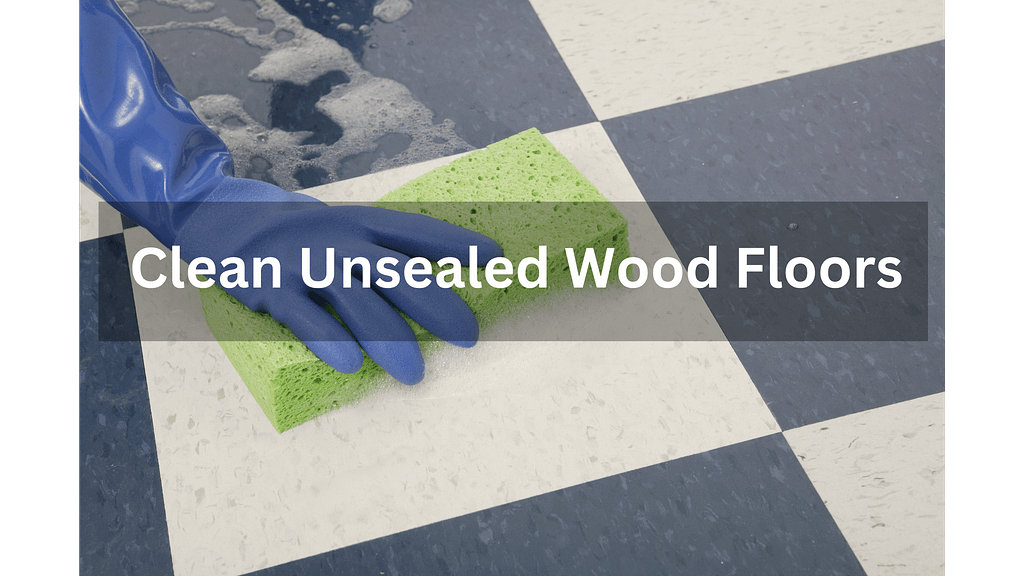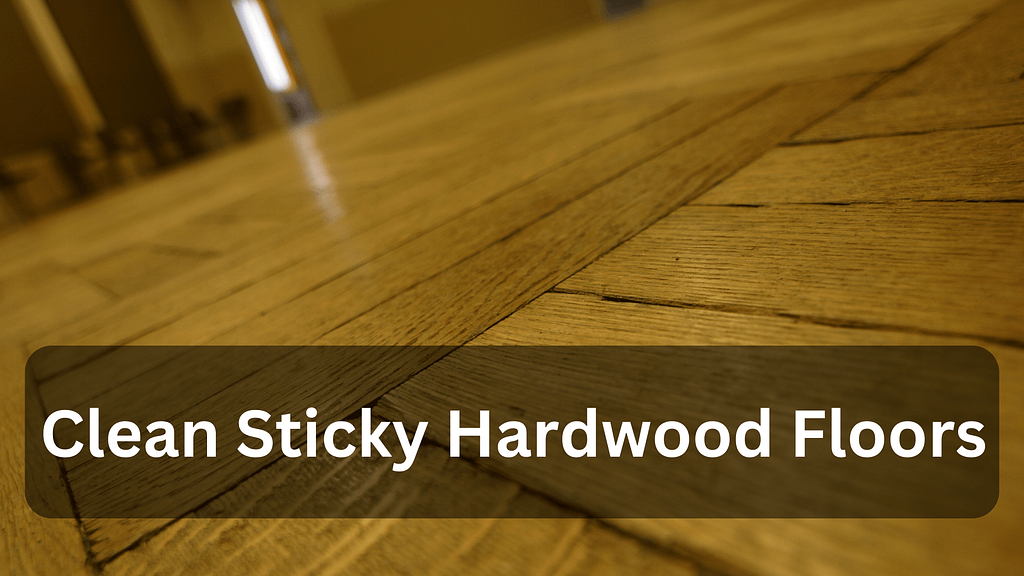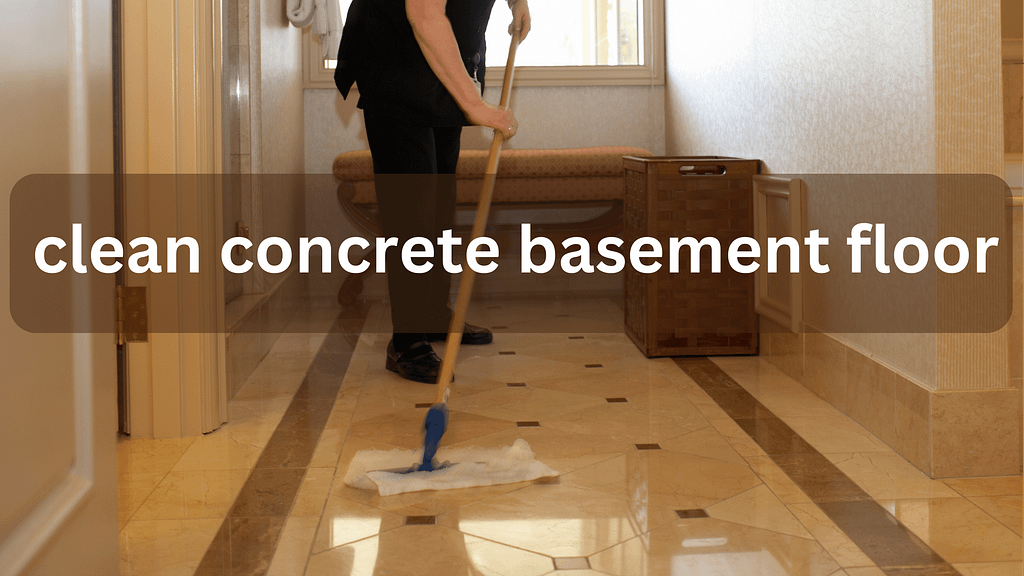Marble floors can add luxury and elegance to any space. However, regular cleaning and maintenance is essential to keep them looking their best. Cleaning marble floors can seem like a daunting task, but with the right knowledge and techniques, it can be a simple process. In this introductory guide, we’ll explore the best practices for cleaning marble floors and how to care for them to ensure they last.
Marble is a natural stone known for its beauty and durability. However, it is still a porous stone, which means it can absorb liquids and stains and wear away easily. Therefore, regular maintenance is required to prevent these problems and preserve the shine and beauty of your marble floor.
Understanding the unique properties of marble is crucial to its proper care and maintenance. Marble floors require special care and special cleaning products are used to prevent damage. By following correct and careful maintenance procedures, you can keep your marble floors looking beautiful for many years.

Key Highlights
- Regular cleaning is essential for maintaining the beauty and longevity of marble floors.
- Using a specialized marble cleaner is recommended for effective and safe cleaning.
- Proper care and preventive measures can help prevent staining and etching on marble floors.
- The best way to clean marble floors is by using a gentle cleaning solution and a soft, damp cloth.
- Taking proper care of marble floors includes using pH-neutral cleaners and avoiding abrasive products.
- Regular maintenance and sealing can help protect marble floors and keep them looking pristine.
Understanding Marble Floors
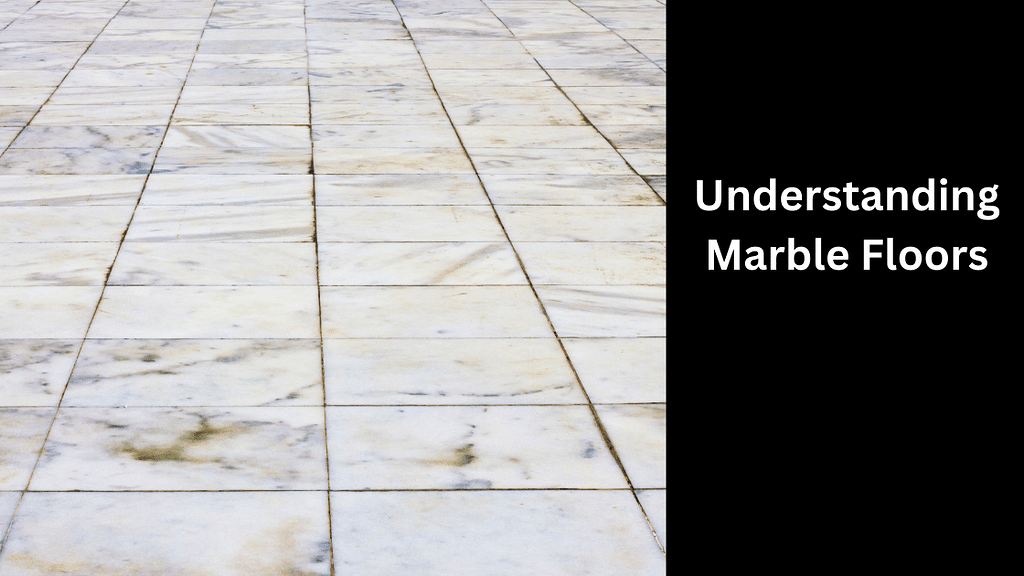
Marble floors are made of natural stones called marble, which are made of limestone and are subjected to pressure and pressure over time. This process gives marble its unique beauty and luxurious appearance. But it also makes marble a porous stone, meaning it has tiny pores that can absorb liquids and stains.
Because of its porosity, marble is susceptible to damage from spills and harsh detergents. Therefore, understanding the features and maintenance of marble floor coverings is important for its proper maintenance and longevity.
The Beauty and Challenges of Marble Flooring
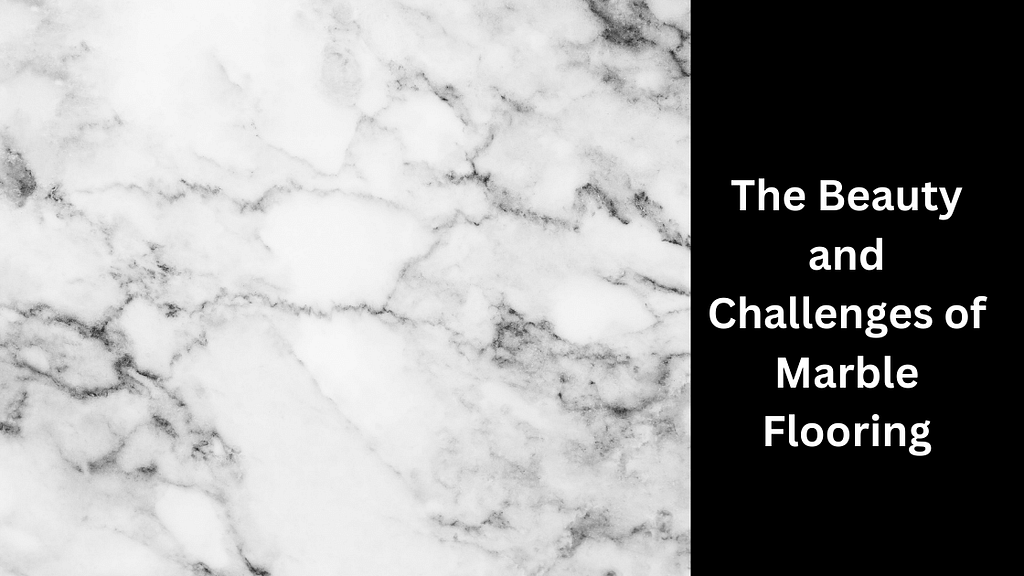
Marble floors are highly sought after due to their luxurious appearance and timeless beauty. It adds elegance to any space, whether it is a large living room or a stylish bathroom. Unique vein patterns and natural color variations make each marble floor a unique work of art.
Beyond their beauty, however, marble floors also face some maintenance challenges. As a porous stone, marble is susceptible to staining, etching, and damage from acids. This means proper care and maintenance is essential to maintaining the quality and longevity of your marble floors.
Maintaining marble floors requires a balance between proper cleaning techniques to prevent damage and gentle maintenance. By understanding the issues and using the right cleaning techniques, you can ensure that your marble floors remain as beautiful as the day they were installed.
Types of Marble and Their Care Requirements
Marble comes in various types and each has its unique characteristics and care requirements. Two popular types of marble are Carrara and Calacatta.
Known for its light gray color, Carrara marble is a classic choice for many homeowners. Its light color and soft neutral tones make it versatile and perfect for many designs. Carrara marble needs to be cleaned and sealed regularly to prevent staining and corrosion.
Calacatta marble, on the other hand, is characterized by its hardness resulting in veins and warm tones. Due to its rarity, it is considered the most luxurious and expensive option. Calacatta marble also needs to be cleaned and sealed to keep it looking original.
No matter what type of marble you have, it is important to pay particular attention to that type of marble. This includes using the right cleaning products, not using abrasive products, and sealing the concrete regularly to prevent damage.
(text table)
| Marble Type | Characteristics | Care Requirements |
| Carrara | Subtle grey veining | Regular cleaning and sealing |
| Calacatta | Bold, dramatic veining | Regular cleaning and sealing |
Preparing to Clean Marble Floors
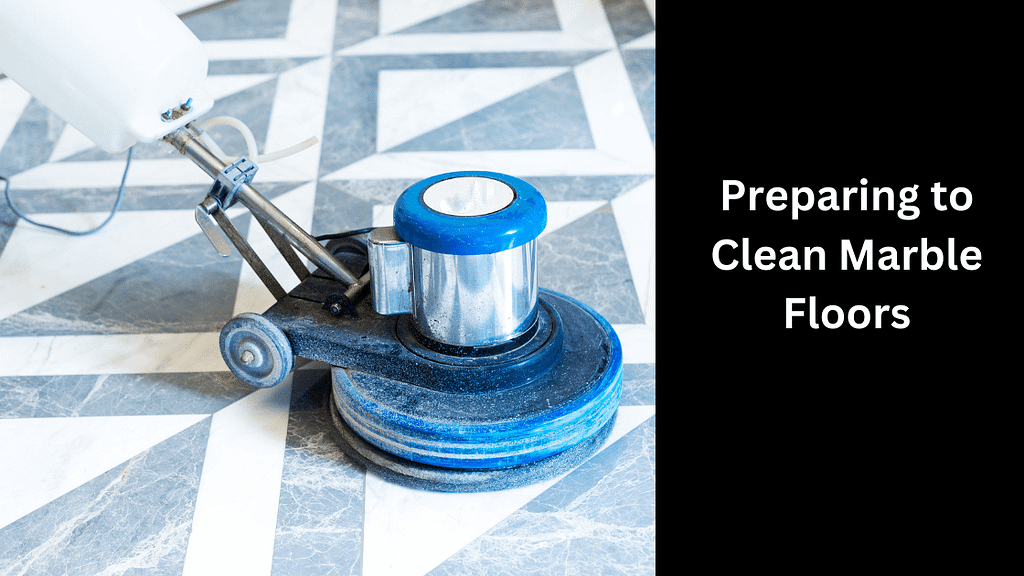
Before you start cleaning your marble floors, it’s important to stock up on the appropriate cleaning supplies and take some safety precautions. Having the right tools and proper planning can make the cleaning process more efficient and effective.
Cleaning supplies for marble floors include a microfiber cloth, mop head, cleaning solution, and pH neutral cleaners. These products are specifically designed for cleaning marble and will help maintain its beauty without causing any damage.
For safety reasons, it is recommended to use protective equipment such as gloves and glasses while cleaning. Proper ventilation is also important to ensure that fumes from cleaning equipment do not accumulate in the facility. It is also important to follow safe practices and read product care instructions before use.
By preparing adequately and taking safety precautions, you can ensure a successful and safe cleaning process for your marble floors.
Essential Cleaning Supplies and Equipment
When it comes to cleaning marble floors, using the right supplies and equipment is crucial to avoid damage and achieve the best results. Here are some essential cleaning supplies and equipment for cleaning marble floors:
- Microfiber cloth: A microfiber cloth is gentle on marble surfaces and effectively removes dust and dirt without scratching the surface.
- Mop head: A mop head with soft bristles or microfiber material is recommended for mopping marble floors. It helps to absorb excess moisture and remove any remaining dirt or stains.
- Cleaning solution: Use a cleaning solution specifically formulated for marble floors. Avoid acidic or abrasive cleaners that can cause damage. Instead, opt for a pH neutral cleaner that is safe for marble surfaces.
- pH neutral cleaners: pH neutral cleaners are specifically designed for marble and do not contain any harsh chemicals or acids. They effectively clean the surface without causing any damage or discoloration.
By using these essential cleaning supplies and equipment, you can ensure that your marble floors are cleaned effectively and safely.
Safety Tips Before You Start
Before you start cleaning your marble floors, it is important to follow some safety tips to protect yourself and ensure a safe cleaning process. Here are some safety tips to keep in mind:
- Wear protective gear: It is advisable to wear protective gear such as gloves and goggles to protect your skin and eyes from any potential irritants or chemicals in the cleaning products.
- Ensure proper ventilation: Make sure the space is well-ventilated by opening windows or using fans. This helps to prevent the accumulation of fumes from the cleaning products, ensuring a safe and comfortable environment.
- Follow safe practices: Read the instructions on the cleaning products carefully and follow them accordingly. Avoid mixing different cleaning products as this can create harmful chemical reactions. Use the products as directed and in the recommended quantities.
By following these safety tips, you can ensure that the cleaning process for your marble floors is safe and effective.
Beginner’s Guide to Cleaning Marble Floors
Cleaning marble floors may seem like a daunting task, but with the right approach and techniques, it can be a straightforward process. In this beginner’s guide, we will walk you through the step-by-step process of cleaning marble floors to achieve the best results.
By following these guidelines and using the recommended cleaning solutions, you can maintain the beauty and longevity of your marble floors. With regular cleaning and proper care, your marble floors will continue to shine and enhance the aesthetic appeal of your space.
Step 1: Removing Dust and Debris
The first step in cleaning marble floors is to remove any dust and debris from the surface. This helps prevent scratching and ensures a clean surface for the next steps. Here’s how to remove dust and debris from your marble floors:
- Start by using a soft cloth or dry dust mop to gently remove loose dust and dirt from the surface of the marble floor. Avoid using abrasive materials or brooms with stiff bristles, as they can cause scratches.
- Work in small sections, moving the cloth or dust mop in gentle sweeping motions. Be thorough in your cleaning, ensuring that all areas of the floor are covered.
- If there are any stubborn debris or dirt particles, you can use a soft brush or a dry microfiber cloth to gently sweep them away.
By removing dust and debris from your marble floors, you create a clean foundation for the next steps in the cleaning process.
Step 2: Creating a Gentle Cleaning Solution
Once you have removed dust and debris from your marble floors, it’s time to create a gentle cleaning solution to effectively clean the surface. Here’s how to create a gentle cleaning solution for your marble floors:
- Fill a bucket with warm water. Warm water helps to break down dirt and grime without damaging the marble.
- Add a small amount of mild detergent or a pH neutral cleaner specifically designed for marble floors. Avoid using acidic or abrasive cleaners, as they can cause damage.
- Mix the solution gently to ensure the detergent or cleaner is evenly distributed in the water.
- Dip a clean, soft cloth or mop head into the cleaning solution. Wring out any excess liquid, ensuring the cloth or mop head is damp but not dripping.
By creating a gentle cleaning solution, you can effectively clean your marble floors without causing any damage or discoloration.
Step 3: Mopping Techniques for Marble
Now that you have the gentle cleaning solution ready, it’s time to start mopping your marble floors. Here are some mopping techniques to ensure effective cleaning:
- Dip a clean, soft cloth or mop head into the cleaning solution. Wring out any excess liquid, ensuring the cloth or mop head is damp but not dripping.
- Start mopping from one end of the room, working your way towards the other end. Use gentle, back-and-forth motions to cover the entire floor surface.
- As you mop, periodically rinse the cloth or mop head in clean water to remove any dirt or residue. This helps to prevent spreading dirt and grime across the floor.
- Continue mopping the entire floor surface, rinsing the cloth or mop head as needed.
By using these mopping techniques, you can ensure that your marble floors are thoroughly cleaned without causing any damage.
Step 4: Drying and Buffing for Shine
After mopping your marble floors, it’s important to dry and buff the surface to achieve a beautiful shine. Here’s how to dry and buff your marble floors:
- Use a clean, soft rag or microfiber cloth to thoroughly dry the surface of the marble floors. This helps to prevent water spots and streaks.
- Once the surface is dry, use the same clean, soft rag or microfiber cloth to gently buff the marble floors. Use circular motions to bring out the natural shine of the marble.
- Continue buffing the entire floor surface, paying extra attention to any areas that may require additional shine.
By drying and buffing your marble floors, you can enhance their natural beauty and achieve a stunning shine.
Advanced Marble Floor Care
While regular cleaning is essential for maintaining marble floors, there are some advanced care techniques that require special attention. Here’s a look at advanced marble floor care:
- Marble sealer: Applying a marble sealer can provide an additional layer of protection against stains and damage. Follow the manufacturer’s instructions for applying the sealer.
- Special attention: Pay special attention to high-traffic areas and areas prone to spills or stains. Clean these areas more frequently and take preventive measures to minimize damage.
By giving advanced care and special attention to your marble floors, you can ensure their longevity and keep them looking their best for years to come.
Addressing Spills and Stains Immediately
Spills and stains can occur on marble floors, but addressing them immediately can help prevent long-term damage. Here’s how to address spills and stains on marble floors:
- Spills: Immediately blot the spill with a soft cloth or paper towel to remove the liquid. Avoid rubbing the spill, as this can spread the stain.
- Organic stains: For organic stains like food or beverages, mix a solution of 12% hydrogen peroxide and a few drops of ammonia. Apply the solution to the stain and let it sit for a few minutes before blotting it away.
- Oil-based stains: For oil-based stains like grease or oil, apply a liquid cleanser that contains household detergent, mineral spirits, or acetone. Create a paste using 3% hydrogen peroxide and baking soda, apply it to the stain, and scrub gently before rinsing and drying the area.
By addressing spills and stains immediately, you can prevent them from causing permanent damage to your marble floors.
The Do’s and Don’ts of Marble Floor Cleaning
When it comes to cleaning marble floors, it’s important to know the do’s and don’ts to avoid causing damage to the stone. First and foremost, avoid using abrasive cleaners or harsh chemicals that can scratch or etch the surface of the marble. Instead, opt for pH-neutral marble cleaners or mild dish detergents that are specifically formulated for marble surfaces.
Do’s:
- Wipe up spills immediately to prevent staining.
- Use a soft cloth or mop to clean the marble floors.
- Test any new cleaning products on a small, inconspicuous area before using them on the entire floor.
- Use a dry cloth or mop to thoroughly dry the marble floors after cleaning to prevent water spots.
Don’ts:
- Avoid using abrasive cleaners, such as scouring powders or steel wool.
- Do not use acidic cleaners, like vinegar or lemon juice, as they can damage the marble.
- Refrain from using excessive amounts of water when cleaning the floors, as it can seep into the marble and cause staining.
- Avoid heavy furniture across the marble floors, as it can scratch or damage the surface.
By following these do’s and don’ts, you can ensure that your marble floors stay clean and beautiful for years to come.
Maintenance Tips for Marble Floors
Proper maintenance is essential to keep your marble floors looking good. Regular maintenance is essential to prevent dirt build-up and maintain the shine of your marble. Use a pH-based floor cleaner or mild dish soap with warm water to clean your floors. To avoid small amounts of water, do not use too much water and dry the floors thoroughly after cleaning. It is also important to perform regular maintenance and address any spills or stains immediately. Also, consider using rugs in high-traffic areas to protect marble floors from scuffs and scratches.
Regular Cleaning Schedule
It is important to establish a regular cleaning schedule to keep your marble floors clean and beautiful. The frequency of cleaning depends on foot traffic and the level of dirt and debris that accumulates on the floor. Generally speaking, it is recommended that marble floors be cleaned at least once a week to remove dust and loose dirt. High traffic or high water areas will require more frequent cleaning.
When cleaning marble floors, start by dry dusting the floor using a mop or mop and sweeping it with a dry cloth. This will help remove dust and loose dirt that can scratch the marble surface. For daily cleaning, use a pH-neutral floor cleaner or a mild soap mixed with warm water. Avoid using too much water to avoid spotting, and dry the floors thoroughly after cleaning.
Additionally, consider using area rugs or mats in high-traffic areas to minimize the amount of dirt and debris that comes into contact with the marble floors. This will help protect the floors from scratches and wear, reducing the frequency of cleaning required.
Professional Cleaning and Polishing
While regular cleaning is important to keep your marble floors clean, cleaning and polishing can provide extra care and expertise. Professionals have the knowledge and tools to remove stubborn stains and restore the shine of your marble floors.
Professional polishing can help to bring back the natural shine of the marble and remove any surface imperfections or scratches. This process involves using specialized equipment and products to gently buff and polish the marble to a high shine.
By opting for cleaning and polishing, you can make sure your marble floors are getting the care they need to keep them looking their best. Cleaners have experience and expertise in working with different types of marble and know the best way to preserve the beauty and shine of marble.
Troubleshooting Common Marble Issues
Even with regular cleaning and maintenance, marble floors can encounter common issues that may require troubleshooting. Here are some common problems you may encounter with marble floors and how to address them:
- Stains: If your marble floors have stains, such as organic stains or rust stains, you can try using a poultice or a mixture of hydrogen peroxide and ammonia to remove the stains. It’s important to test any cleaning methods on a small, inconspicuous area before applying them to the entire floor.
- Scratches and Dull Spots: To repair scratches and dull spots on marble floors, you can try using a marble scratch repair kit or hiring a professional to restore the shine of the marble.
By troubleshooting these common issues and taking the necessary steps to address them, you can keep your marble floors looking their best.
Floor Cleaner Recipe
Removing Stains from Marble Floors
Stains can be a common issue with marble floors, but with the right approach, they can be effectively removed. Here are some methods for removing different types of stains from marble floors:
- Organic Stains: For organic stains, such as food or beverage spills, you can create a poultice by mixing hydrogen peroxide and a few drops of ammonia. Apply the poultice to the stained area, cover it with plastic wrap, and let it sit for several hours or overnight. Remove the poultice and rinse the area with clean water. Repeat the process if necessary.
- Rust Stains: Rust stains can be more challenging to remove from marble floors. You can try using a commercial rust remover specifically designed for use on marble surfaces. Follow the instructions provided by the manufacturer and test the product on a small, inconspicuous area before applying it to the entire floor.
It’s important to note that for stubborn stains or if you’re unsure about the best approach, it’s recommended to consult a professional marble cleaner for expert advice and assistance.
Repairing Scratches and Dull Spots
Scratches and dull spots can detract from the beauty of your marble floors, but there are ways to repair and restore the shine of the marble. Here are some methods for repairing scratches and dull spots on marble floors:
- Scratch Repair: Minor scratches can often be buffed out using a marble scratch repair kit. The kit typically includes a polishing compound and a buffing pad. Follow the instructions provided by the manufacturer and test the product on a small, inconspicuous area before applying it to the entire floor.
- Dullness: To restore the shine of dull marble floors, you can use a marble polishing powder or hire a professional to perform a professional polishing service. The polishing powder is typically mixed with water to form a paste, which is then applied to the dull areas and buffed with a soft cloth or a polishing pad.
By following these methods, you can effectively repair scratches and dull spots on your floors and restore their shine and beauty.
Sealing and Protecting Marble Floors
An important step in maintaining the longevity of your marble flooring is proper sealing. Quality marble coatings preserve the beauty of your floors by acting as protection against stains and moisture. Regularly sealing the marble surface will protect against water, wear and staining, ensuring it remains pristine for years to come. Be sure to follow the manufacturer’s recommendations for how much you should spray to make the product. if harder, follow manufacturer’s instructions carefully
Benefits of Sealing Marble
Sealing marble floors offers several benefits, including enhanced protection and increased longevity of the stone. Here are some key benefits of sealing marble:
- Stain Resistance: The protective sealant creates a barrier that helps prevent liquids, such as spills or stains, from penetrating the porous surface of the marble. This makes it easier to clean and maintain the floors.
- Moisture Resistance: Sealing marble floors helps to make them more resistant to moisture, reducing the risk of water damage or staining. This is especially important in areas prone to spills or high humidity levels, such as kitchens and bathrooms.
- Longevity: By sealing marble floors, you can help extend their lifespan and keep them looking their best for longer. The sealant helps to protect the stone from wear, scratches, and damage caused by daily use.
By reaping the benefits of sealing marble floors, you can enjoy a beautiful and durable flooring option in your home.
How and When to Seal Marble Floors
Knowing how and when to seal your marble floors is essential for maintaining their beauty and protection. Here are some guidelines for sealing marble floors:
- Sealing Process: Before sealing, ensure that your marble floors are thoroughly clean and dry. Apply the sealant according to the manufacturer’s instructions, using a clean cloth or brush. Work in small sections and ensure proper ventilation during the sealing process.
- Frequency: The frequency of sealing will depend on factors such as the level of foot traffic and the type of sealant used. In general, it is recommended to seal marble floors once a year. However, it’s important to monitor the condition of the sealant and reapply as needed.
- Best Practices: Regularly clean and maintain your marble floors to ensure the longevity of the sealant. Avoid using abrasive cleaners or harsh chemicals that can strip away the sealant. Instead, use pH-neutral cleaners and follow a regular cleaning schedule.
By following these guidelines, you can effectively seal your marble floors and maintain their beauty and protection.
Conclusion
Marble floors exude elegance but require proper maintenance to maintain their beauty. It is important to understand the types of marble and their specific needs. From simple cleaning products to effective care against spills and stains, it’s the only way to ensure longevity. Regular maintenance, including sealing when necessary, can prevent problems such as stains and scratches. By following proper maintenance procedures and utilizing professional services when necessary, you can enjoy the appeal of your marble floors for years to come.
Frequently Asked Questions
Can I Use Vinegar to Clean Marble Floors?
No, vinegar should not be used to clean marble floors. Vinegar is acidic and can damage the marble’s surface. It’s important to use pH-neutral cleaners or mild dish detergents specifically formulated for marble surfaces.
How Often Should Marble Floors Be Sealed?
Marble floors should typically be sealed once a year. However, the frequency may vary depending on factors such as foot traffic and the type of sealant used. Monitor the condition of the sealant and reapply as needed for optimal protection and longevity.


